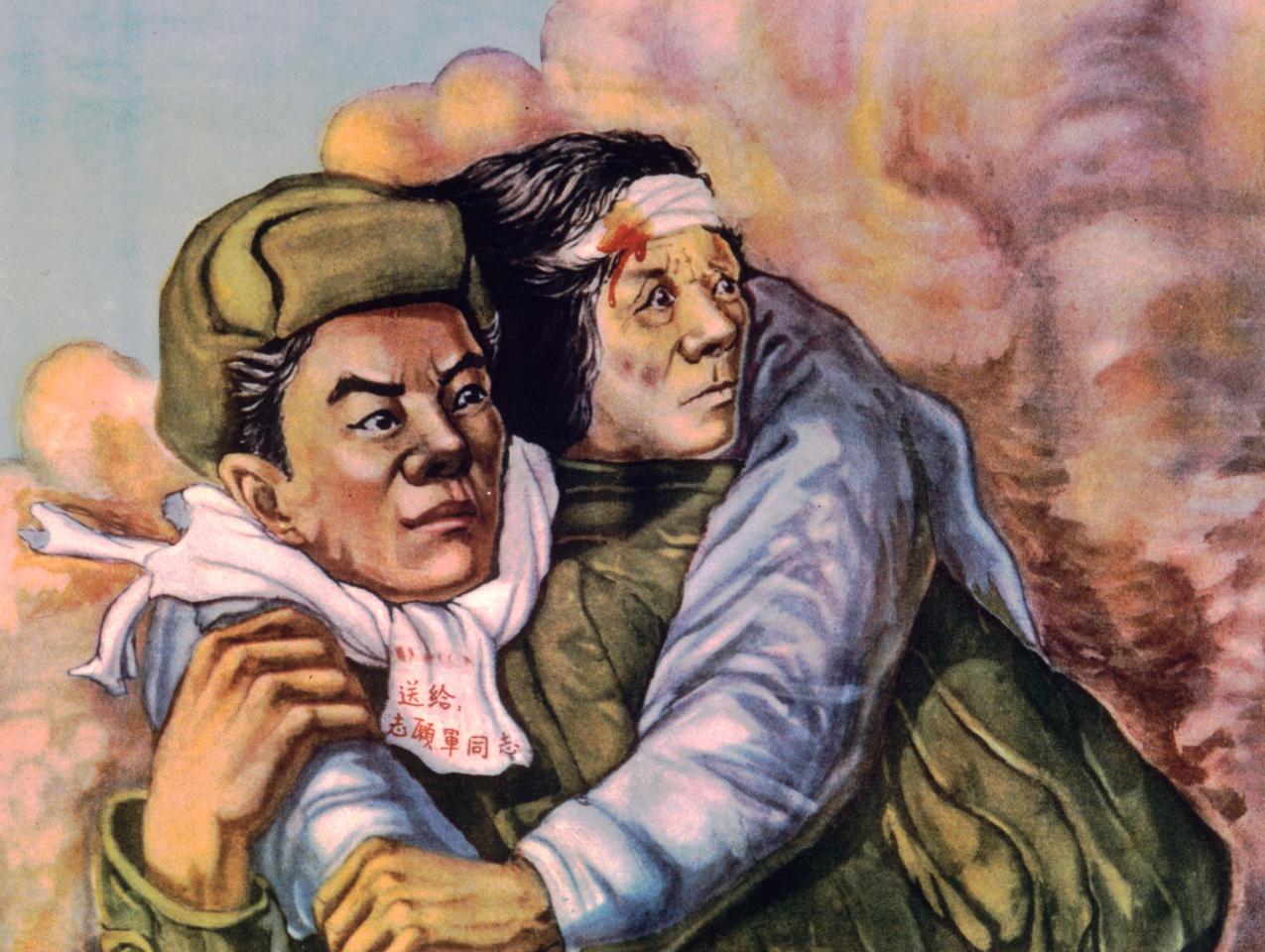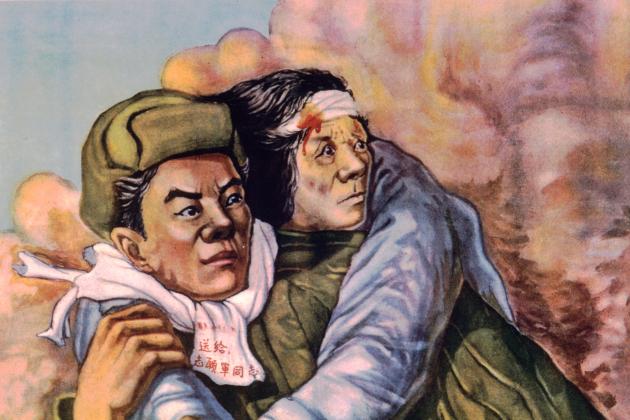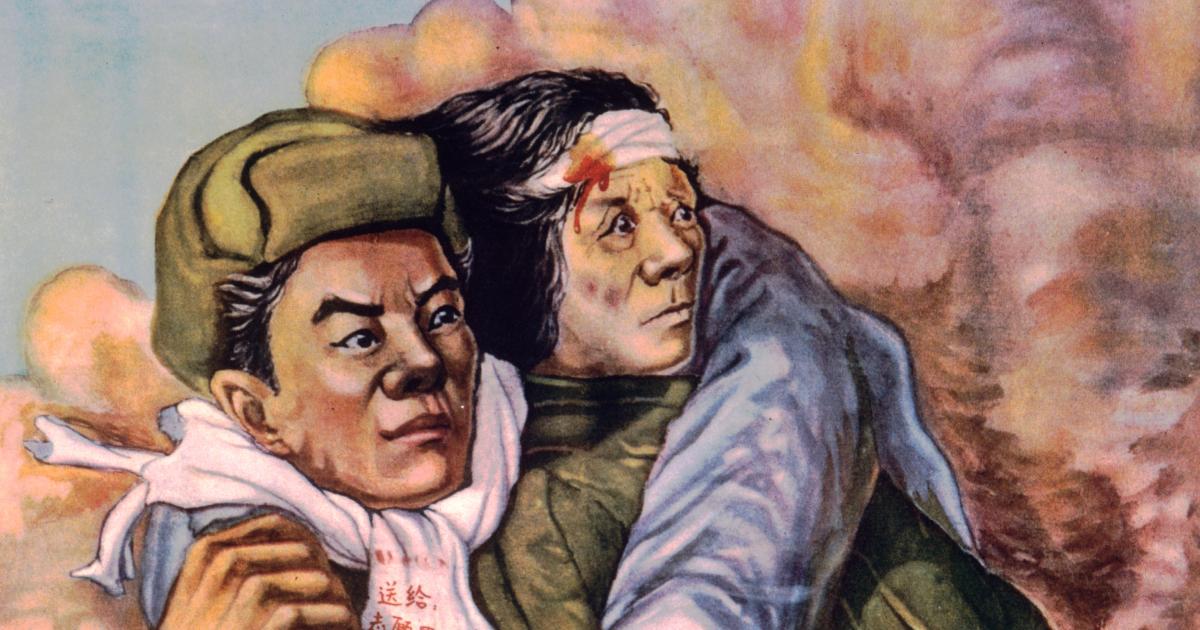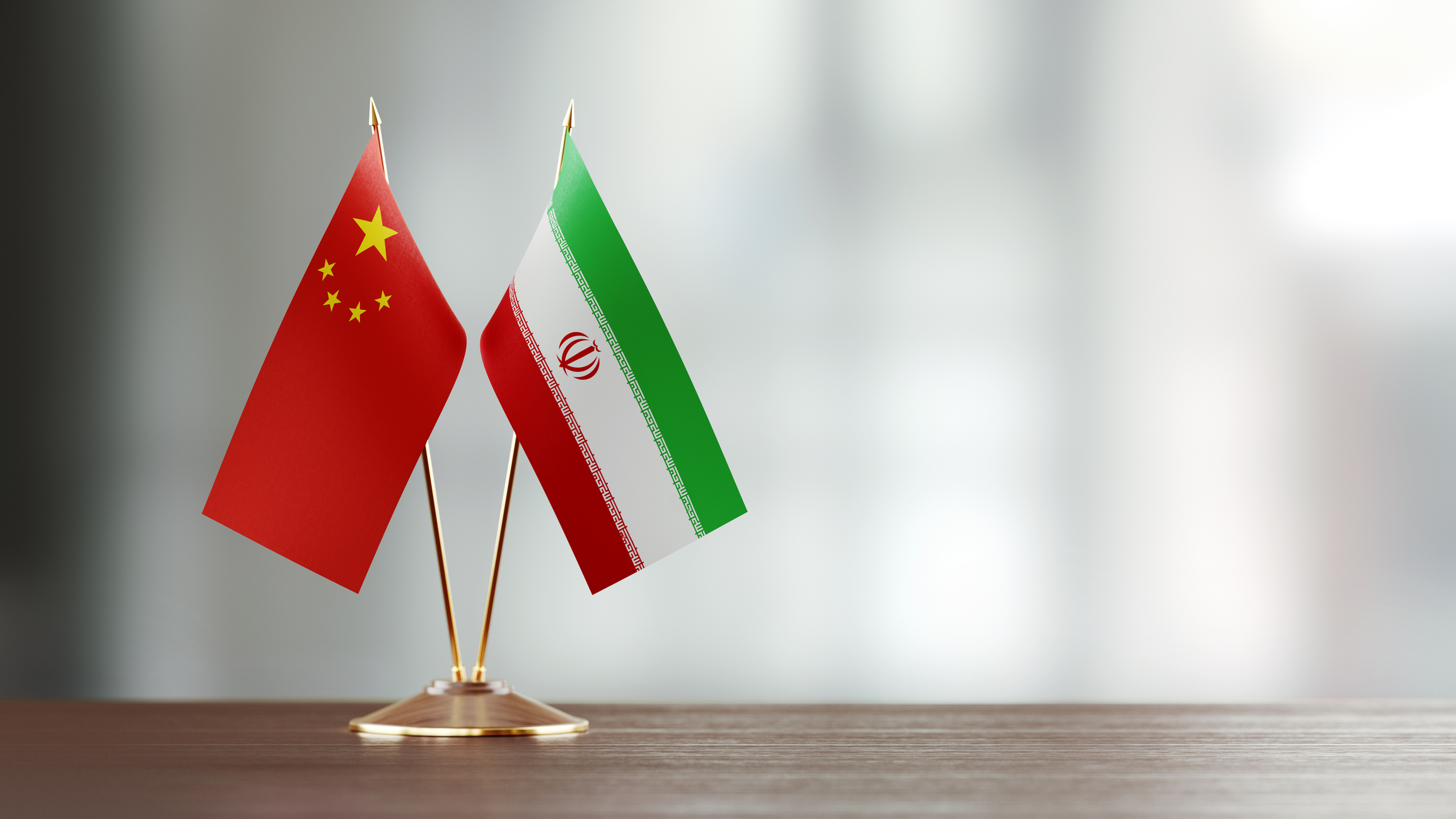When the Biden administration signaled a withdrawal of U.S. assertiveness in the Middle East, it effectively created a vacuum that China was eager to fill. By softening pressure on Iran and tolerating Beijing’s growing rapprochement with both Iran and Saudi Arabia, Washington permitted China to extend its influence across a region historically dominated by U.S. power. In this permissive environment, China built upon its long-term Marxist-Leninist worldview of exploiting “weakest links”—regimes under siege by the West—and sought to transform Iran into a critical proxy for its grand strategy. (On this topic, see my earlier article, “Iran in China’s Grand Strategy,” The Caravan June 15, 2021.)
Yet, a cascade of events culminating in the devastating so-called 12 Days War, including the audacious B-2 “Midnight Hammer” operations that pulverized Iran’s nuclear infrastructure, has shattered Beijing’s Iranian project. The destruction of Iran’s nuclear enrichment facilities by the U.S. and Israel, combined with Iran’s strategic weakening and regional isolation, effectively destroyed China’s attempts to make Iran its Middle Eastern proxy.
In China’s grand strategy, Iran is never simply a regional partner for Beijing—it is central to China’s Leninist-inspired “breakout” and “diversion” strategies. The CCP viewed Iran as the crucial link connecting the land-based Belt with the maritime Road of its Belt and Road Initiative (BRI).
Iran’s location astride the Persian Gulf and its antagonistic posture toward the United States has made it a near-perfect candidate for Chinese patronage. Through the Comprehensive Chinese-Iranian Strategic Partnership (CSP), signed merely weeks after Joe Biden became the U.S. president who immediately resuscitated the useless and moribund JCPOA, Beijing pledged a gigantic sum of $400 billion to Iran in infrastructure investment in return for privileged oil access and geostrategic leverage. This was designed not merely to build roads or ports, but to establish a reliable anti-U.S. foothold deep in America’s traditional sphere of influence.
Iran, in effect, was to become China’s ideological and strategic forward base—a partner willing to bleed the United States through endless regional crises, allowing Beijing to focus its resources elsewhere. But that dream unraveled dramatically.
Iran’s utility to China was violently disrupted when the United States and Israel launched their concerted campaign—the 12 Days War. The decisive element was the “Midnight Hammer” operation, in which the U.S. B-2 bomber strikes crippled the very foundation of Iranian hard power: its ambition to obtain a nuclear deterrent, its elite military-industrial complexes, and its ability to project influence through nuclear intimidation. In the process, they also destroyed the strategic logic behind China’s investment. With its enrichment capabilities shattered and the regime thrown into defensive chaos, Iran could no longer credibly serve as a linchpin for the Belt and Road, nor could it effectively pin down U.S. attention as a regional spoiler.
The message to Beijing was unmistakable: the U.S. would no longer tolerate a Chinese-backed nuclear Iran, no matter how elaborate and “comprehensive” the CSP or how many billions were pledged to Tehran.
In the aftermath of these precision strikes, Iran emerged deeply weakened, politically, militarily, and economically. Its value to China diminished overnight. An Iran under severe internal strain, with its nuclear ambitions in ruins, is far less useful as a partner in China’s global anti-U.S. strategy.
Iran’s diminished capacity means it cannot act as a diversionary magnet to keep American strategic bandwidth occupied. Moreover, any Belt and Road projects tied to Iran now face massive instability and security risks, making Chinese investments in ports, railroads, and energy infrastructure vastly less feasible. The dream of establishing a secure energy corridor through Iran to bypass U.S.-controlled maritime chokepoints has been reduced to ashes.
China, which had planned to anchor its regional economic and technological influence on a confident and aggressive Iran, must now grapple with the reality of a crippled partner unable to deliver on its strategic promises.
Perhaps most devastating for Beijing was how the strikes revealed the hollowness of its anti-U.S. alliance system, known as the CRINK axis (China, Russia, Iran, North Korea). When the U.S. and Israel began pounding Iranian military targets, none of these supposed partners—not Russia, not North Korea, not even China—lifted a finger to defend Tehran.
This humiliating abandonment showed that the CRINK coalition is transactional at best. Iran was left to absorb the blows alone, despite being the most vicious and destabilizing actor within that axis. Its isolation will likely embolden domestic opposition within Iran, further reducing China’s leverage over the Iranian state.
In effect, the 12 Days War revealed that Beijing’s ideological and strategic partners cannot be counted on to shield one another when directly threatened by U.S. power. The myth of a cohesive anti-American front, with Iran as a flagship client, has collapsed.
The world may witness Beijing recalibrate its entire Middle East approach in the coming years. But for now, China’s dream of a strong Iranian proxy—critical to its global contest with the West—is decisively and humiliatingly busted.


















